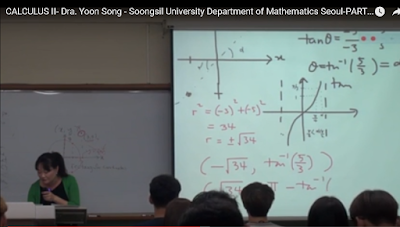
Lecture 1
In this course, we will learn methods of geometry in modern physics. Historically, mathe-
matics and physics influenced each other in their developmen
ts. We know, for example, that
Newton invented calculus and classical mechanics simultan
eously. However, in the mid 20th
century, there was a period when interactions between physicists, in particular high energy
physicists, and mathematicians almost stopped. There were
two main reasons. One was on the
mathematics side. The Bourbaki movement.
Another was on the physics side. Quantum field theory was conc
eived by Heisenberg
and Pauli in 1929 and Feynman, Schwinger, and Tomonaga estab
lished the renormalization
procedure to make sense of QED. However, there was not mathem
atical formulation of quantum
field theory. In fact, there is still no rigorous mathematica
l foundation for it, except for special
cases, some of which we will see later in this course. Making sense of quantum Yang-Mills theory
is posed as one of the seven Millennium problems by the Clay Mathematics Institute.
The situtation has dramatically changed since the 1980’s. I
t is because of the use of
supersymmetry. Supersymmetry brought mathematics and phy
sics closer since it is close to
the language mathematicians use to describe geometric concepts.
LINK VIDEO IN ENGLISH
http://ocw.u-tokyo.ac.jp/movie?id=849&r=&s=1&t=967&f=0




























































































